
The Pacification of Araucania or Mapuche genocide ? (01/06/2025, conociendo.cl)

Association Karukinka
Loi 1901 - d'intérêt général
Derniers articles
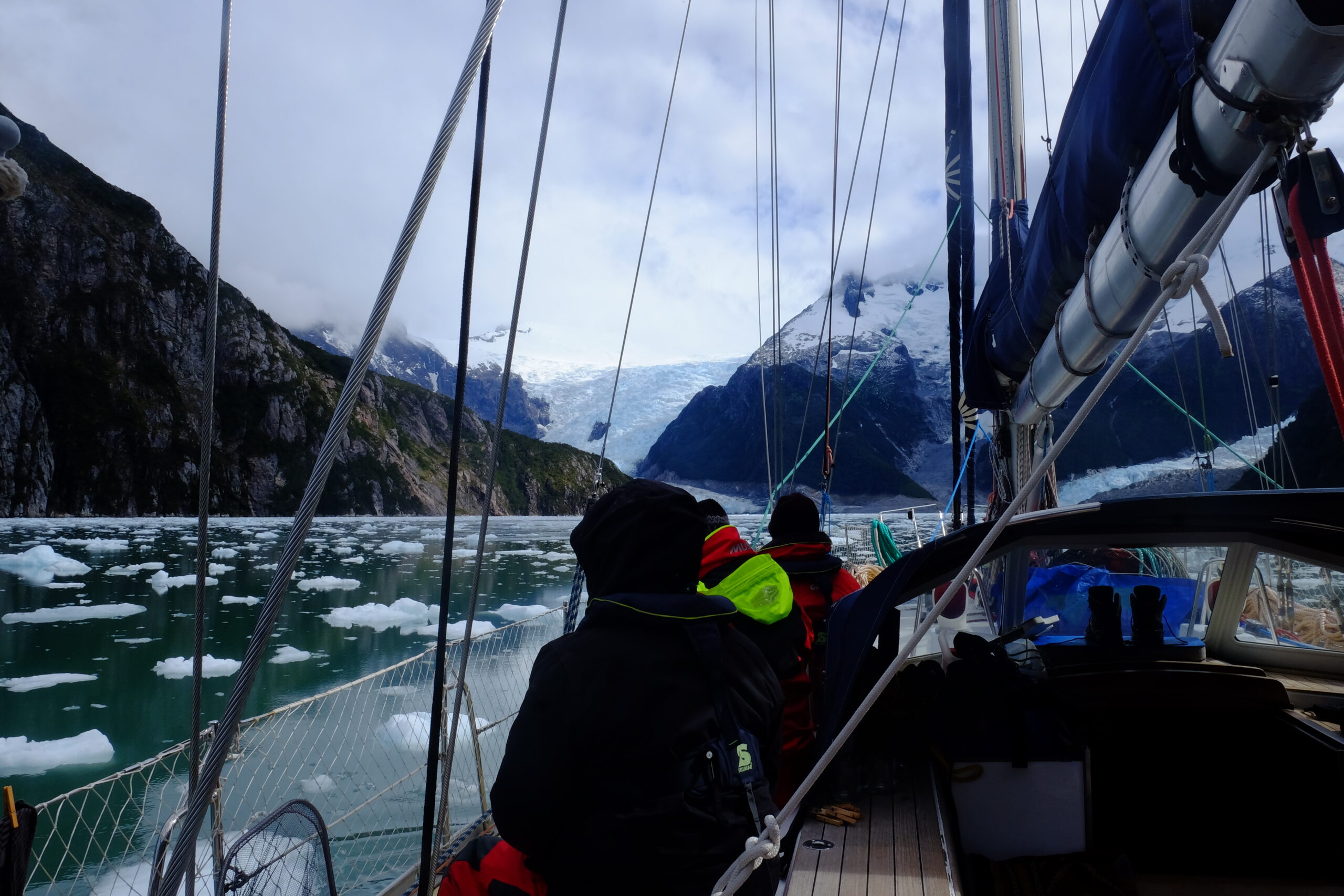
Suivez nous
The Pacification of Araucania: a comprehensive analysis of invasion, dispossession, and Mapuche genocide
Chile’s history contains a chapter written with euphemisms and blood: the misnamed “Pacification of Araucania.” This article delves into the details of this process (1861-1883), deconstructing the official narrative to reveal a complex operation of military conquest, legal dispossession, and forced colonization that redefined the destiny of the Chilean state and the Mapuche people, leaving a legacy of conflict that persists to this day.

(source: https://conociendo.cl/pacificacion-de-la-araucania-o-genocidio-mapuche/ and a podcast available on SPOTIFY (in Spanish), the article linked to this podcast is translated from Spanish by the Karukinka association)
Table of content
1. Historical context: autonomous Wallmapu and the expansionist Chilean state
In the mid-nineteenth century, the southern frontier of Chile was clearly delineated by the Biobío River. South of it extended Wallmapu, the ancestral territory of the Mapuche people, a de facto independent nation that had resisted Spanish conquest for more than 300 years. Mapuche society was organized into a complex social and political structure based on the lof (family clan), the ayllarewe (federation of lofs), and the butalmapus (large territorial alliances).
For the Chilean state, consolidated after the wars of independence and under the influence of European ideas of progress, this autonomy was a problem. Political and economic elites, under the presidencies of Manuel Montt (1851-1861) and then José Joaquín Pérez (1861-1871), viewed occupation as necessary to:
- Appropriate resources: the lands of Araucania were considered the “granary of Chile.”
- Unify territory: connect the central zone to colonies in Valdivia and Llanquihue.
- Assert sovereignty: eliminate the internal frontier and project an image of a modern nation.
2. Key actors in the conflict
This historical process was led by figures and groups with radically opposed interests.
| Category | Main Actors | Role in the Conflict |
|---|---|---|
| Chilean State (Officials) | José Joaquín Pérez, Federico Errázuriz Z., Aníbal Pinto, Domingo Santa María | Presidents who drove the occupation policy |
| Chilean State (Military) | Col. Cornelio Saavedra, Gen. Gregorio Urrutia, Col. Basilio Urrutia | Led military campaigns |
| Mapuche People (Chiefs) | Lonko Mañilwenü, Lonko Külapang, Lonko Esteban Romero | Led military and diplomatic resistance |
| Others | Chilean and European settlers, Orélie Antoine de Tounens | Occupied lands, pretext for conquest |
3. The State’s plan: Cornelio Saavedra’s proposal
In 1861, Colonel Cornelio Saavedra Rodríguez presented to the Chilean Congress a detailed plan for the “Pacification of Araucania.” He proposed abandoning the policy of treaties for material occupation, based on three axes:
- Advance the military frontier from the Biobío to the Malleco, with forts.
- Subdivide and sell “secured” lands.
- Promote the settlement of Chilean and foreign settlers to “Chilenize” the region.
The plan sparked debate but was approved by Congress, triggering the invasion.
4. Military execution: phases of an asymmetric war
Military conquest unfolded in several phases, interrupted by Mapuche uprisings and the War of the Pacific.
First Phase (1861-1868): Advance and Fortification
Foundation of forts (Angol, Mulchén, etc.), immediate Mapuche resistance, “scorched earth” tactics applied by the army.
Second Phase (1869-1881): Diplomatic Pause and Consolidation
Slowdown in advance, territorial consolidation, introduction of telegraph and railroad.
Third Phase (1881-1883): The Final Offensive
Last major Mapuche uprising in 1881, massive military repression, founding of Temuco, military end of the “Pacification.”
5. Legal dispossession: how laws annihilated Mapuche property
Military conquest was inseparable from legal conquest.
Radicación Law of 1866:
- Definition of “vacant lands”: any land not “continuously occupied” by indigenous peoples becomes state property.
- Imposition of individual private property, foreign to Mapuche culture.
- Creation of radicación commissions, a process rife with abuses and corruption.
“Títulos de Merced”: Confinement in Reductions
- Attribution of small portions of land (approximately 6 hectares per person), insufficient for traditional economy.
- Loss of over 90% of Mapuche territory.
- Social fragmentation and isolation of communities.
6. Directed colonization: land for some, dispossession for others
Treatment of the Mapuche People: confinement in reductions, lack of state support, status of “minors” under guardianship.
Treatment of European/Chilean Settlers: large parcels, state support (travel, tools, animals, medical assistance), status as full citizens.
7. The human catastrophe and the genocide debate
The “Pacification” was a human catastrophe that decimated the Mapuche population, fueling a debate about the term “genocide” according to the UN definition (1948).
- Destruction of economy, dispossession of land, confinement in uninhabitable zones, massive famines and epidemics.
- Ethnocide: destruction of culture through prohibition of language, religion, and autonomous education.
Historiographical Perspectives
- Traditional: inevitable process for Chilean unification.
- Revisionist: imperialist conquest, systematic violence, labeled ethnocide or genocide.
- Mapuche: invasion of a sovereign country, beginning of a persistent colonial relationship.
Demographic Collapse
- Between 20,000 and 30,000 Mapuche died of hunger and disease between 1881 and the early twentieth century.
- The Mapuche population, estimated at half a million before conquest, suffered a demographic collapse from which it did not recover for more than a century.
8. Total impact: disarticulation of Mapuche society
The “Pacification” caused a structural rupture in all aspects of Mapuche life:
- Political: loss of authority of the lonkos.
- Economic: transition from a prosperous society to poverty.
- Social: fragmentation and forced migration to cities.
- Cultural: forced assimilation, threat to Mapuche language and worldview.
9. Mapuche resistance and resilience
Despite devastating circumstances, Mapuche resistance endured, transforming into political and legal struggles in the twentieth century. Memory and cultural identity survived clandestinely, testifying to remarkable resilience.
10. Legacy and historical debt: roots of current conflict
The “Pacification of Araucania” is the direct source of current conflict in Chile. The territorial and autonomy claims of the Mapuche movement rest on this historical dispossession. The “historical debt” is central to public debate, and recommendations for reparation remain largely unimplemented.
11. Comparative analysis: Araucania, the Argentine “Desert,” and the American West
The Chilean process was not isolated:
Conquest of the Desert (Argentina, 1878-1885): similar ideological justification, total war tactics, objective of freeing lands for livestock.
Indian Wars (United States, nineteenth century): westward expansion, reservations, similar dispossession and violence.
In all cases, nation-states used their military superiority and a legal framework to dispossess indigenous peoples, leaving a legacy of trauma and struggle for justice.
Conclusion: a history to reclaim
The “Pacification of Araucania” was a war of conquest that dispossessed a people of their territory and sought to annihilate their culture. Understanding it in all its complexity is a duty for any society aspiring to justice. Recognizing this past is not reopening wounds, but beginning to heal them on the basis of truth and reparation.
Shared by the nonprofit association Karukinka, based in France and dedicated to Patagonia

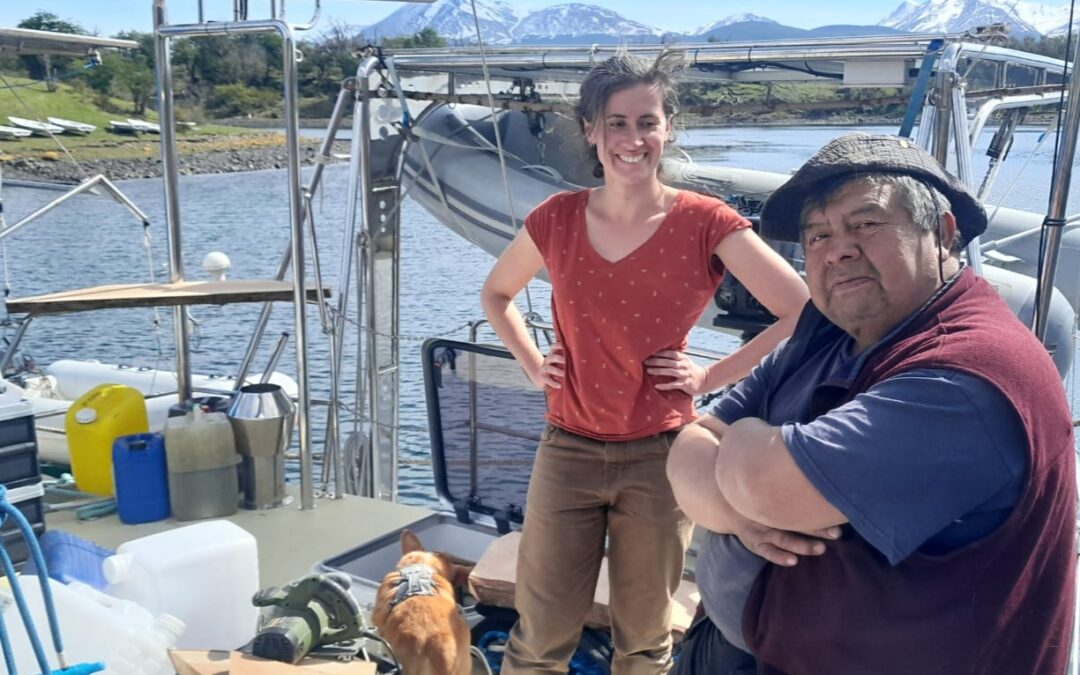
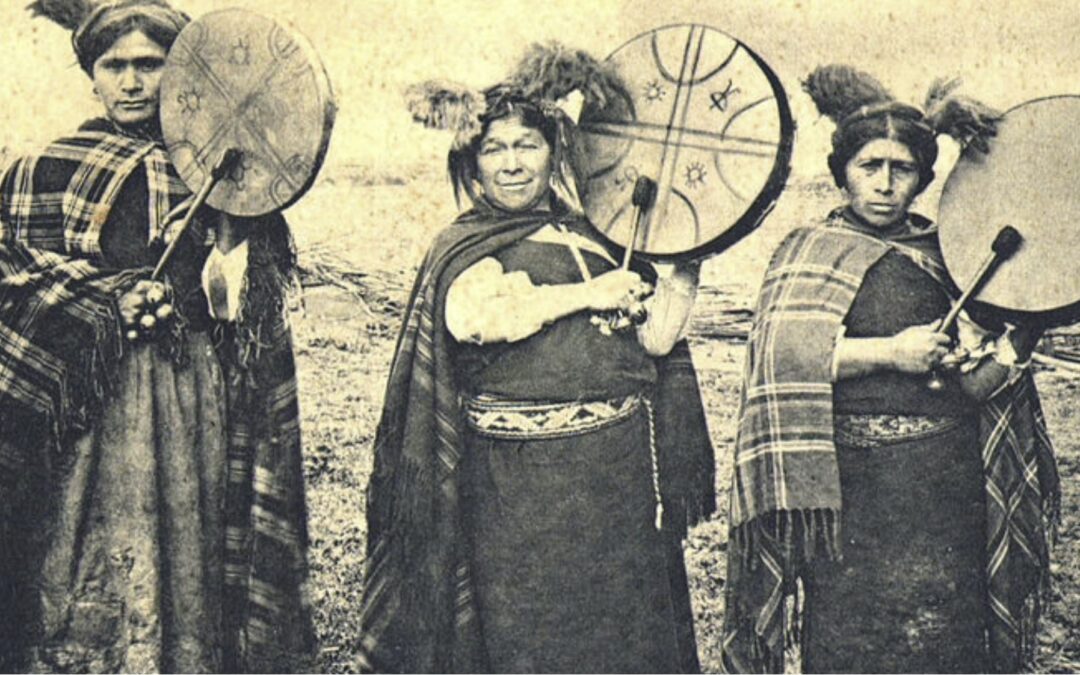



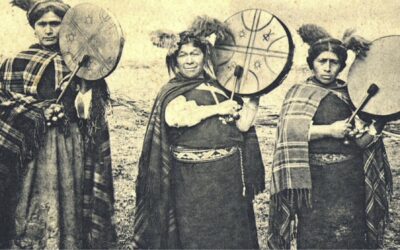
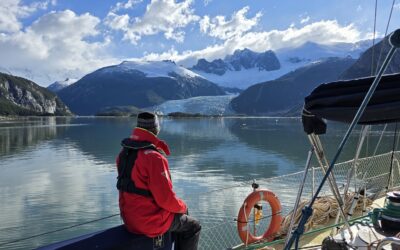
![[Sailing Patagonian channels] Sébastien’s Logbook part 1](https://karukinka.eu/wp-content/uploads/2025/08/Caleta-eva-luna_012025_Karukinka4-400x250.jpg)
